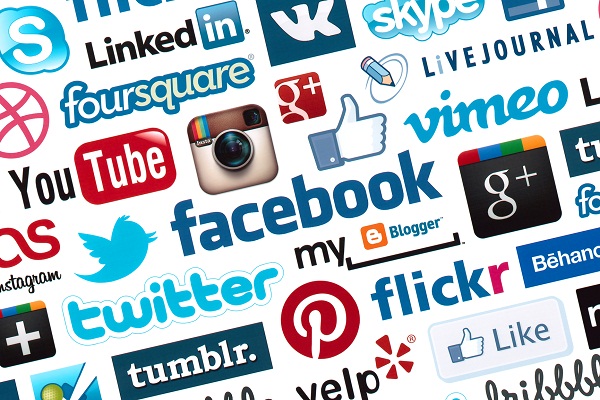
Sharing skills in avoiding emotional manipulation, detecting paid content, hate speech, fake videos, photos
By: Aleksander Dardeli
In response to the wave of fake news that inundated the recent presidential election campaign in the United States, much attention has been devoted to those who produce or spread those stories. The assumption is that if news outlets were to report only the “facts,” readers and viewers would always reach the right conclusion about a given story.
But this approach addresses only half of the equation. Yes, we need news organisations to deliver reliable information; but we also need those receiving it to be savvy consumers.
For decades, the U.S government has supported programs to foster independent media in authoritarian, resource-deprived, or dysfunctional countries. But these programs tacitly assume that the U.S itself is immune to the problems people in other countries encounter when they create or consume information. We in the U.S also assume that American media, sustained by advertising, will continue to thrive; that independent journalism is the norm; and that most people are capable of thinking critically and making sound judgments about the information they receive.
In fact, some of the lessons that we have learned while supporting vibrant information gathering and distribution abroad are equally relevant to the U.S. In the 2016 election, the personal beliefs that drove millions of voters’ decisions were based not only on each person’s experiences and the information they accessed, but also on how they processed those experiences and that information. Voters’ own relationships with content producers, their motivation to believe or disbelieve facts, and their critical thinking skills all determined how they interpreted and acted on information.
In the election, most mainstream pundits did not seem to “get” millions of Americans’ beliefs or viewpoints, so it is little wonder that those millions of Americans were turned off by the pundits’ incessant chatter. To these voters, the pundits were simply information peddlers with no attachments to the issues that matter. Men and women talking in front of TV cameras are too far removed from the factories, offices, bars, churches, schools, and hospitals where viewers form the relationships that determine how they process information. The so-called digital revolution did not render superfluous the importance of human connection in shaping people’s interpretation and response to the information they receive.
Relationships are built on trust, which is essential for ensuring that consumers accept information that challenges their closely held beliefs. But, according to Gallup, only 32% of Americans have a “great deal” or “fair amount” of trust in traditional media outlets – an all-time low. That is deeply problematic, and it suggests that many citizens are throwing out the good information with the bad.
As with any other good, how information is consumed reflects economic and political opportunities, personal incentives, and institutional or cultural norms. Workers in Ohio whose wages have stagnated, or unemployed voters in Michigan whose jobs have migrated overseas, will consume information in a way that reflects their economic situation. Not surprisingly, they will often select sources – whether credible or not – that are critical of globalisation and current fiscal and economic policies.
 The Independent Uganda: You get the Truth we Pay the Price
The Independent Uganda: You get the Truth we Pay the Price


